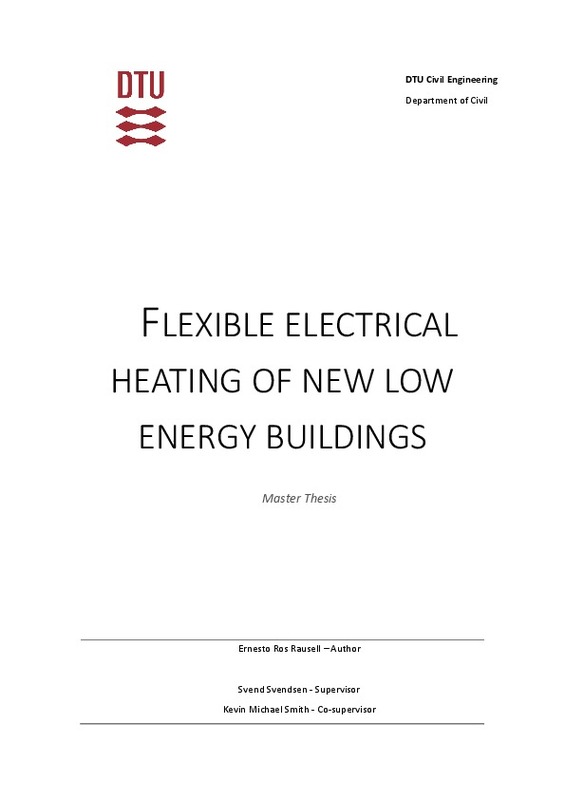JavaScript is disabled for your browser. Some features of this site may not work without it.
Buscar en RiuNet
Listar
Mi cuenta
Estadísticas
Ayuda RiuNet
Admin. UPV
Estudio del impacto de calefacción eléctrica flexible de un nuevo edificio de bajo consumo energético
Mostrar el registro completo del ítem
Ros Rausell, E. (2022). Estudio del impacto de calefacción eléctrica flexible de un nuevo edificio de bajo consumo energético. Universitat Politècnica de València. http://hdl.handle.net/10251/182256
Por favor, use este identificador para citar o enlazar este ítem: http://hdl.handle.net/10251/182256
Ficheros en el ítem
Metadatos del ítem
| Título: | Estudio del impacto de calefacción eléctrica flexible de un nuevo edificio de bajo consumo energético | |||
| Autor: | Ros Rausell, Ernesto | |||
| Director(es): | Svendsen, Svend | |||
| Entidad UPV: |
|
|||
| Fecha acto/lectura: |
|
|||
| Resumen: |
[EN] The heat loss in nearly zero-energy buildings may be reduced to such a low level that is
similar to the internal heat gain shallow. Therefore, the internal heat gain significantly influences
the heating demand of ...[+]
[ES] El proyecto se fundamenta principalmente en investigar la influencia que tienen las cargas internas, producidas por los electrodomésticos, sobre la demanda energética de calefacción y condiciones de confort en ...[+]
|
|||
| Palabras clave: |
|
|||
| Derechos de uso: | Reconocimiento - Compartir igual (by-sa) | |||
| Editorial: |
|
|||
| Titulación: |
|
|||
| Tipo: |
|
recommendations
Este ítem aparece en la(s) siguiente(s) colección(ones)
-
ETSII - Trabajos académicos [10528]
Escuela Técnica Superior de Ingenieros Industriales







